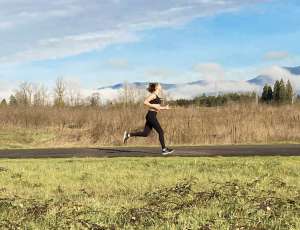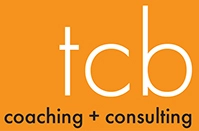 In the depths of the pandemic in 2020, a friend’s 15-year-old daughter spent time with friends by taking walks. Over time, these walks got longer and longer, and eventually turned into running. The girls decided to train for a marathon. They made a training schedule and planned out routes. Shorter runs became 5k and 10k routes, and then a half marathon. They completed their “DIY” marathon in January 2021. I admire the girls’ commitment to a long term goal and long distance running at a time when most adults were struggling to fit any exercise in to disrupted lifestyles and routines.
In the depths of the pandemic in 2020, a friend’s 15-year-old daughter spent time with friends by taking walks. Over time, these walks got longer and longer, and eventually turned into running. The girls decided to train for a marathon. They made a training schedule and planned out routes. Shorter runs became 5k and 10k routes, and then a half marathon. They completed their “DIY” marathon in January 2021. I admire the girls’ commitment to a long term goal and long distance running at a time when most adults were struggling to fit any exercise in to disrupted lifestyles and routines.
I do not love running and have never run a marathon, but I do run a few days a week for exercise. This necessary evil is made tolerable and even enjoyable by my running buddy Beth. Beth, on the other hand, LOVES running, being outside and exercising in general. She is 10 years my senior with a tricky knee but she could outrun me any day of the week.
This spring, Beth and I were recovering from injuries and we were taking it easy with our outings. We felt pretty good in June and it was time to get more serious about our running schedule and pace. I started out strong, trying to keep up with her at a faster pace, but then would need to take breaks and walk for longer stretches. Beth ran long distances throughout her 20s and 30s. She learned then that slowing your pace, especially at the start of a run, could result in a stronger overall pace and finish.
So we switched it up and consciously slowed our pace at the start, not that much but just enough to be holding back some. Little by little we shaved two minutes off our pace in two months! When I’m actively running, my Fitbit says my pace is at about an 11 minute mile. Part of me would really like to push that back further into 10 or 9 minute pace territory. But I know if I do that I’ll end up walking more and maybe also aggravate injuries. So I just feel good about my overall 12:30 pace and know that I’m doing great things for my wellbeing by being outside and getting consistent, moderate and sustainable exercise.
We unconsciously race through work and life at a fast pace, running from one deadline to the next with a sense of urgency and crisis. We might not let ourselves slow down to walk or take it easy to recover from setbacks. We just keep going and expect that “things” will settle down soon or we can somehow handle it. Until they don’t and we can’t. The result can be missed deadlines, staff turnover, fatigue, lack of motivation, or worse.
In coaching, clients reflect on why they are working at such a fast pace and whether working in this way is consistent with their goals for work and life. They might choose to work at a more reasonable pace so that they can take better care of themselves, avoid burnout, and produce better quality and more accurate and timely work product. They learn to set boundaries and manage their attention and energy. They focus on working toward long term goals instead of sprinting from crisis to emergency. They often find it is a much more enjoyable and sustainable way to work and live.
Running will always be a bit of a chore for me, but setting a reasonable pace lets me enjoy being outside on a crisp morning visiting with Beth. Setting a reasonable pace in work and life allows us to slow down just enough to be optimally productive but also have time and space to enjoy the scenery, connect with others and work with intention and in alignment with long term goals. If we pace ourselves, we might find that work becomes easier and we might even get a glimpse of that “quality of life” thing.
If you want to explore slowing your pace to improve your productivity and quality of life, let’s connect! Contact me for a free 30 minute coaching consultation: 503-734-7232 or heather@tcbcoaching.com
Photograph used with permission.
